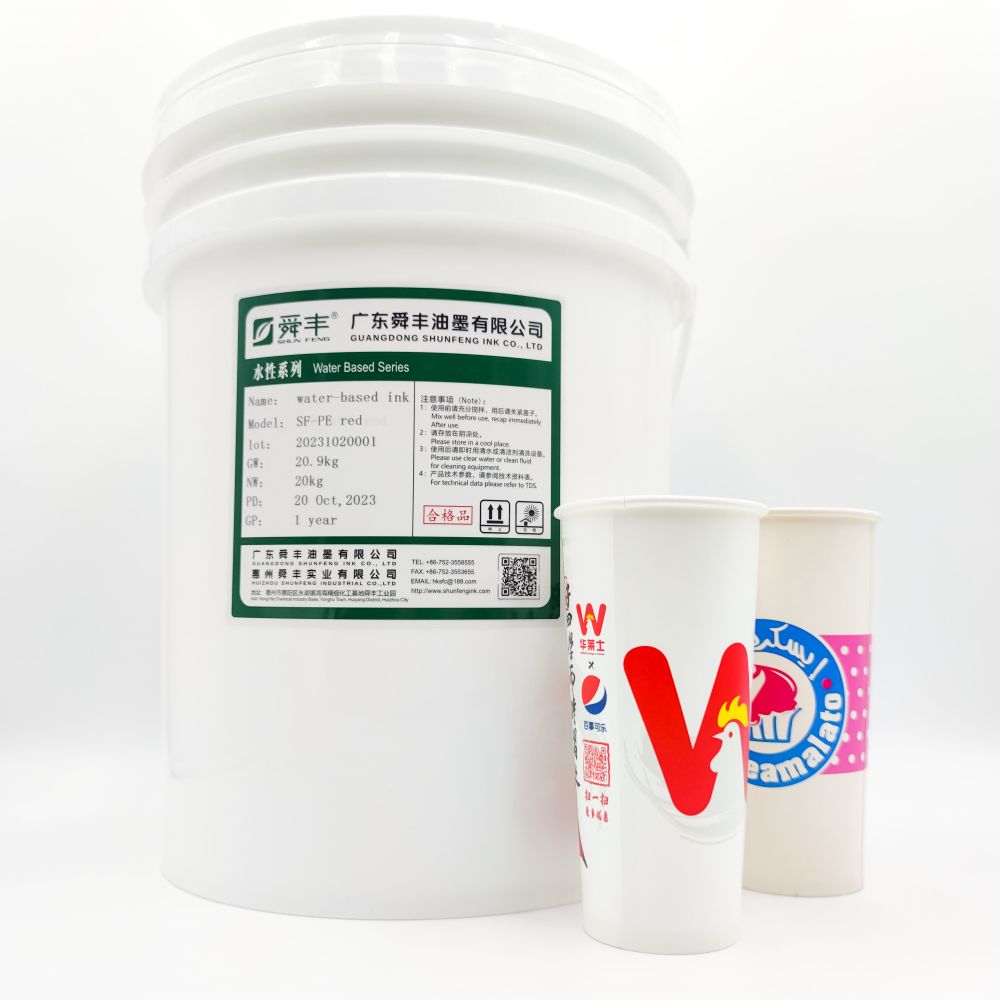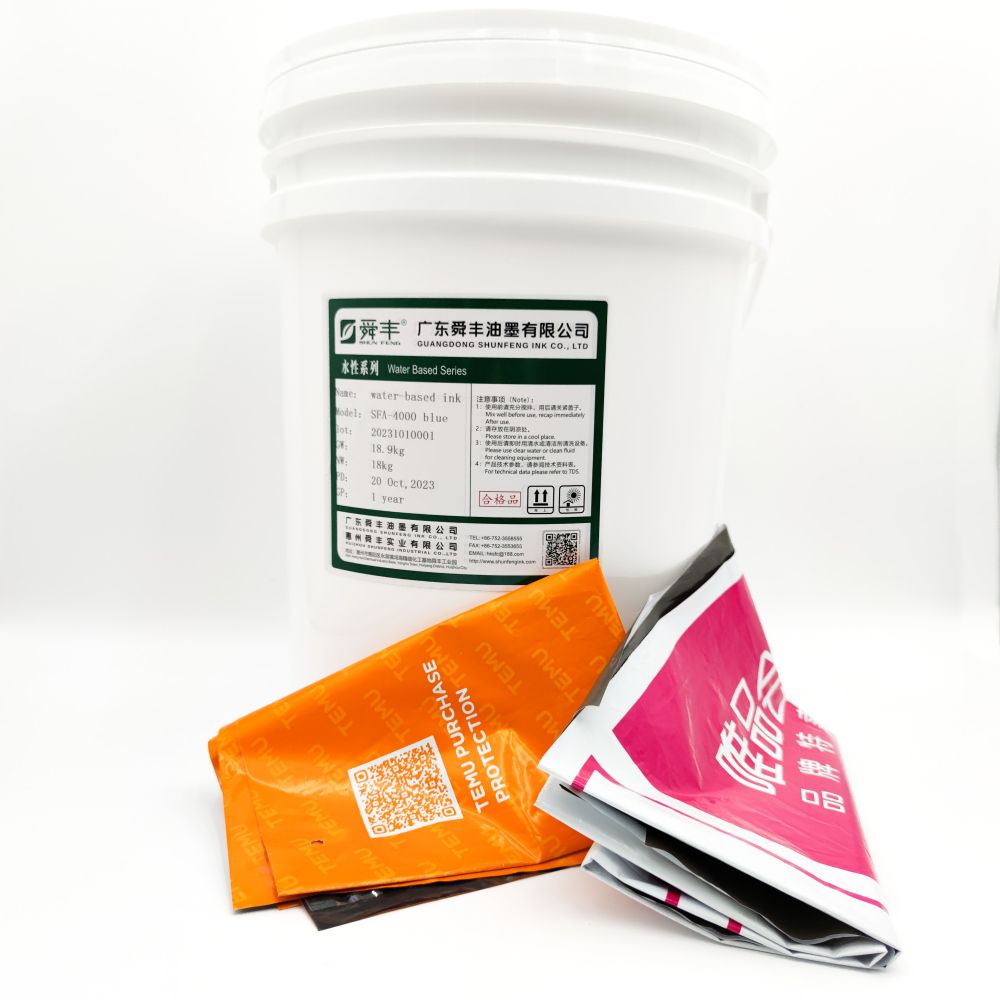Solutions for Edge Blur and Poor Overlapping Color in Water-Based Ink Printing
In water-based ink printing, achieving a high-quality print product requires more than just the printer operator’s skills. The equipment, materials (such as cardboard), ink, printing plates, and templates, as well as the working environment and management, all need to meet required standards. By coordinating these factors, the risks affecting print quality can be minimized. The operator’s experience in handling anomalies is especially crucial. It’s important to accurately identify the root cause of the issue before implementing an effective solution.
Here, we analyze the common causes of edge blur and poor overlapping color from the perspective of the operator, along with solutions to these issues:
- Causes and Solutions for Edge Blur in Printing
- Printing Plate Issues
Damaged or deformed plates caused by pressure during storage can lead to indentations, causing edge blur.
Solution: Replace or remake the printing plate.

- Printing Pressure Issues
Excessive pressure during printing can deform the plate when it contacts the substrate, leading to edge blur.
Solution: Adjust the printing pressure to an appropriate level.
- Ink Drying and Printing Speed Issues
If the ink dries too quickly and the printing speed is too slow, the ink transfer may be hindered, causing edge blur.
Solution: Adjust the printing speed to an optimal level, ensuring color and positioning accuracy, and modify the ink drying speed accordingly.
- Doctor Blade Pressure Issues
Excessive doctor blade pressure can result in uneven ink transfer, leading to edge blur.
Solution: Adjust the doctor blade pressure appropriately.
- Causes and Solutions for Poor Overlapping Color in Printing
- Ink Viscosity Issues
If the viscosity of the first color (e.g., blue) is higher than that of the second color (e.g., black), poor overlapping will occur.
Solution: Reduce the viscosity of the first color and increase the viscosity of the second color.
- Ink Formulation Issues
When the first color ink contains white, which has a higher density than other colors, it can hinder the coverage of subsequent inks, resulting in poor overlapping.
Solution: Adjust the ink formulation for the base color, reducing or eliminating the use of white pigment.
- Ink Transfer Amount Issues
A thicker ink layer in the first color indicates a larger transfer amount, which can prevent the second color from fully covering the first color.
Solution: Adjust the ink transfer amount, ensuring the first color has a smaller ink transfer than the second. If possible, use a doctor blade with a ceramic roller for the base color and a rubber roller or anilox roller for the second color.
- Printing Pressure Issues
Insufficient pressure on the second color plate can lead to incomplete coverage, resulting in a visible base.
Solution: Increase the printing pressure on the second color plate, ensuring all color groups have appropriate and balanced pressure.
- Printing Plate Design Issues
If the font design is too large, the overlapping color areas increase, causing poor overlapping.
Solution: Reduce the overall font size by 0.5mm. For hollow fonts, the plate design should be based on the actual printing precision. The raised portion of the plate should be 0.2-0.5mm larger than the recessed portion to avoid ink blur or registration errors.
gravure ink, flexo printing ink, water based printing ink, water based gravure ink, printing ink manufacturer, gravure ink supplier, water based ink supplier, high quality printing ink











